Introduction

At the end of the DSLR era, Irix set out to compete with Samyang (with their XP series) and Zeiss (with their Otus and Milvus series) in the segment of higher end manual focus lenses. Somehow I didn’t come across reviewing any of those Irix lenses yet, but that is about to change now. Will this Irix 45mm 1.4 Dragonfly be a pleasant surprise? Let’s find out in this review.
Sample Images

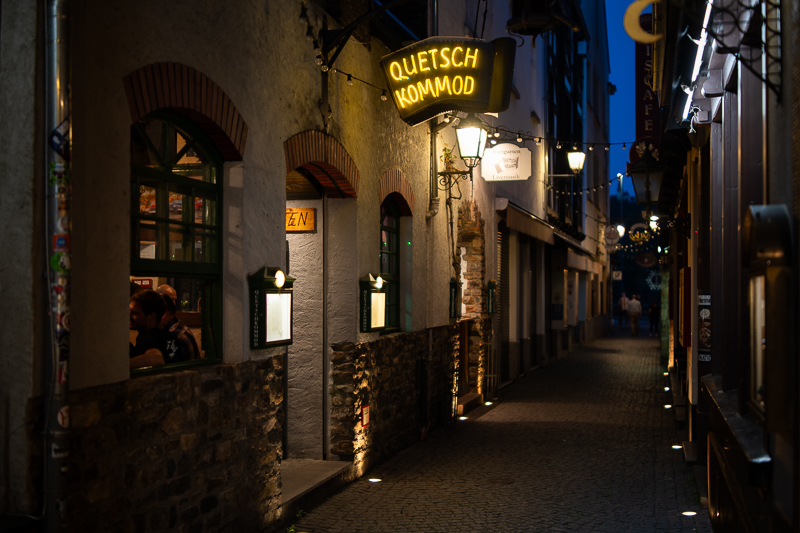
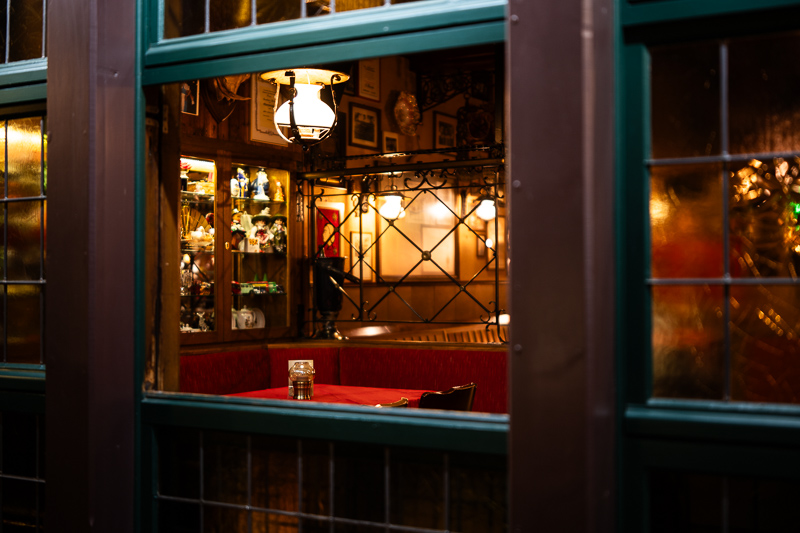
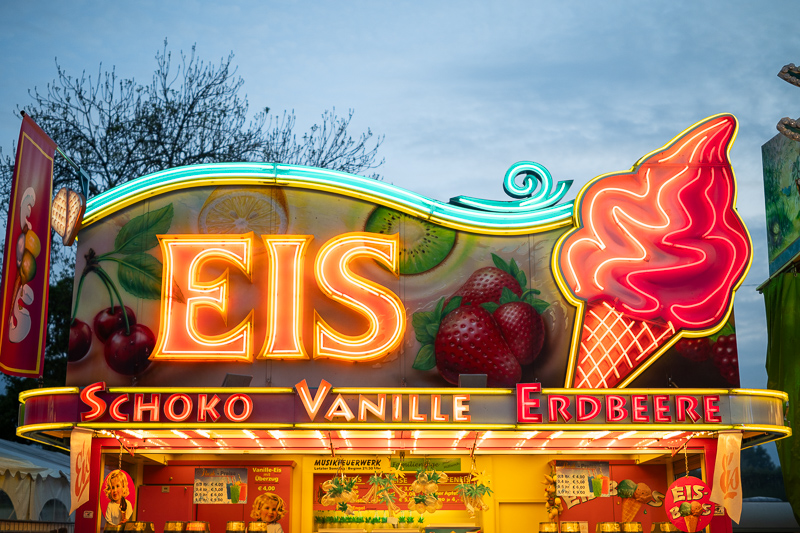

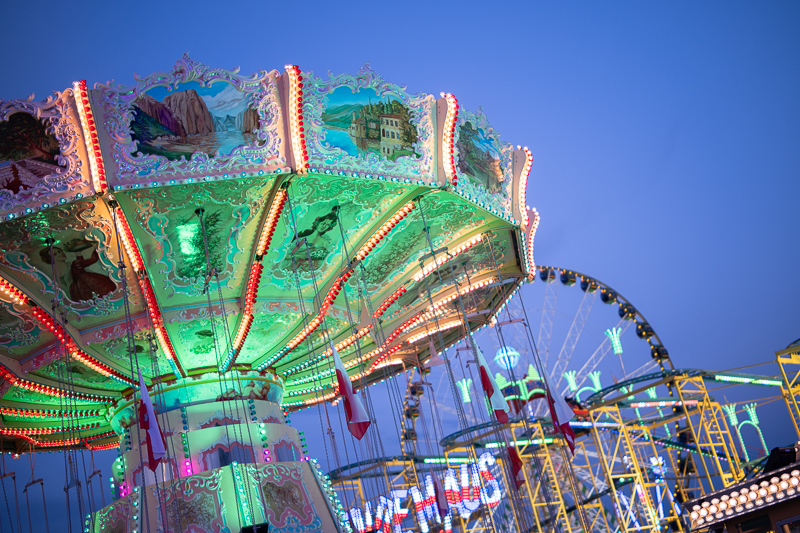
Most of the sample images in this review can be found in full resolution here.
Contents
Disclosure
This Irix 45mm 1.4 Dragonfly was kindly provided free of charge by one of our readers for review purposes. Thanks a lot!
Specifications / Version History
The Irix 45mm 1.4 Dragonfly (Canon EF version) reviewed here has the following specifications:
-
- Diameter: 87 mm
- Length: 105 mm
- Weight: 907g (without hood[44g] and caps)
- Filter Diameter: 77 mm
- Number of Aperture Blades: 9 (rounded)
- Elements/Groups: 11/9
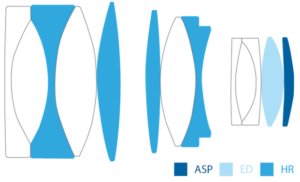
- Close Focusing Distance: 0.40 m
- Maximum Magnification: 1:5.6
- Mount: Canon EF, Nikon F, Pentax, Fuji GFX
buy from amazon.de | B&H | ebay.com | ebay.de (affiliate links) for $379
Handling/Build quality

Irix claims their lenses are being designed in Switzerland and made in Korea. I could not find any official information on who manufactures these lenses in Korea, but I did find some circumstantial evidence pointing at Samyang, which does make a lot of sense actually.
These Irix lenses are purely manual focus lenses but they do feature electronic contacts to communicate with the camera.
Earlier Irix lenses came in two versions, “Firefly” (a bit cheaper and ligther thanks to using more polycarbonate) and “Blackstone” (a bit more expensive and heavier thanks to more metal). The optics were the same and I always wondered if it actually makes sense to have these two series, because the differences in price and weight actually weren’t that big. As later Irix lenses only come in one version titled “Dragonfly”, maybe the people behind Irix had the same thoughts after all.
Most Irix lenses are internal focus lenses. The focus ring of this 45mm 1.4 rotates ~180° fromt he minimum focus distance of 0.4 m to infinity – a solid choice. The focus ring is rubberized and as was already the case for the Zeiss Milvus/Otus/Batis and Samyang XP lenses that rubber is really good at attracting dust and other debris. The resistance is nice and even though.
At the front of the lens there is also a focus lock ring. It can be useful e.g. for astrophotography so that you won’t accidentally change your focus setting. It doesn’t lock super tight though, when using a litte more force you will still be able to adjust the focus setting, even when the ring has been fully locked.
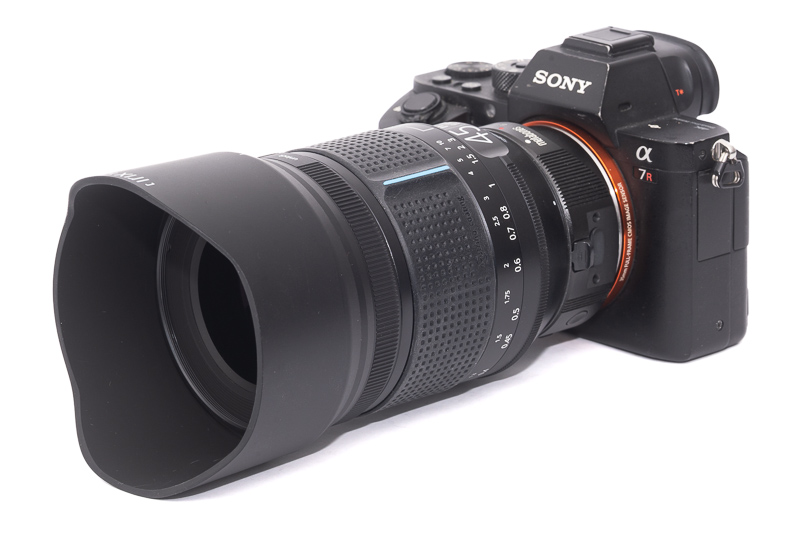
A lens hood which can be mounted reversed is also part of the package. It is a single piece of plastic, so nothing special.

This Irix 45mm 1.4 is a pretty big lens. Taking into account an adapter it is even a bit bigger than the Viltrox AF 35mm 1.2 FE LAB.

I used this lens via the Fringer EF NZ II adapter on a Nikon Zf and via the Sigma MC-11 and a later metabones on Sony cameras and I did not encounter any issues. Focal length and maximum aperture were transmitted correctly.
Vignetting
light falloff
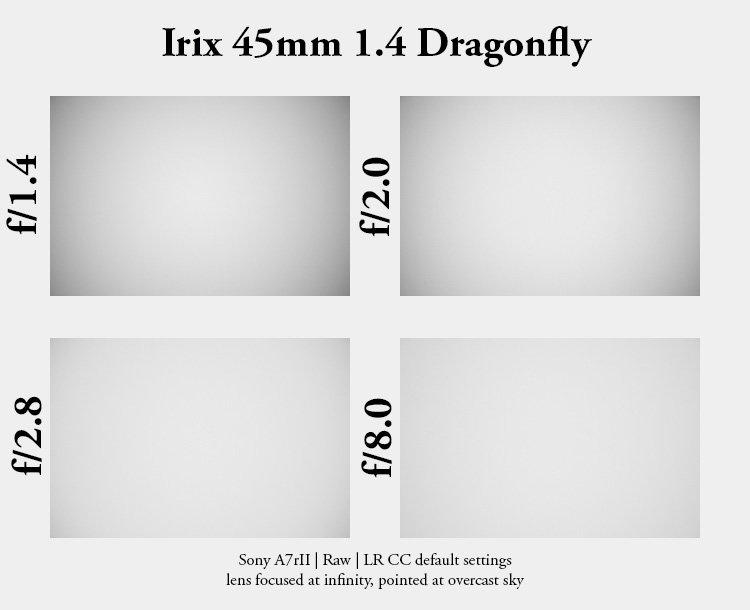
| f/1.4 | 2.3 |
| f/2.0 | 1.8 |
| f/2.8 | 1.3 |
| f/4.0 - f/16 | 0.9 |
I am not even sure there has ever been another 45mm 1.4 lens for DSLRs, so I will compare the vignetting figures to the next best thing, the Sigma 40mm 1.4 Art. The Sigma is a huge lens, but it also showed moderate vignetting in my test. This Irix 45mm 1.4 is also pretty big, but also here that leads to similarly low vignetting figures. Due to the focus lock, I think one intended usage scenario for this lens is astrophotography and here the comparably low vignetting figures are surely nice to have.
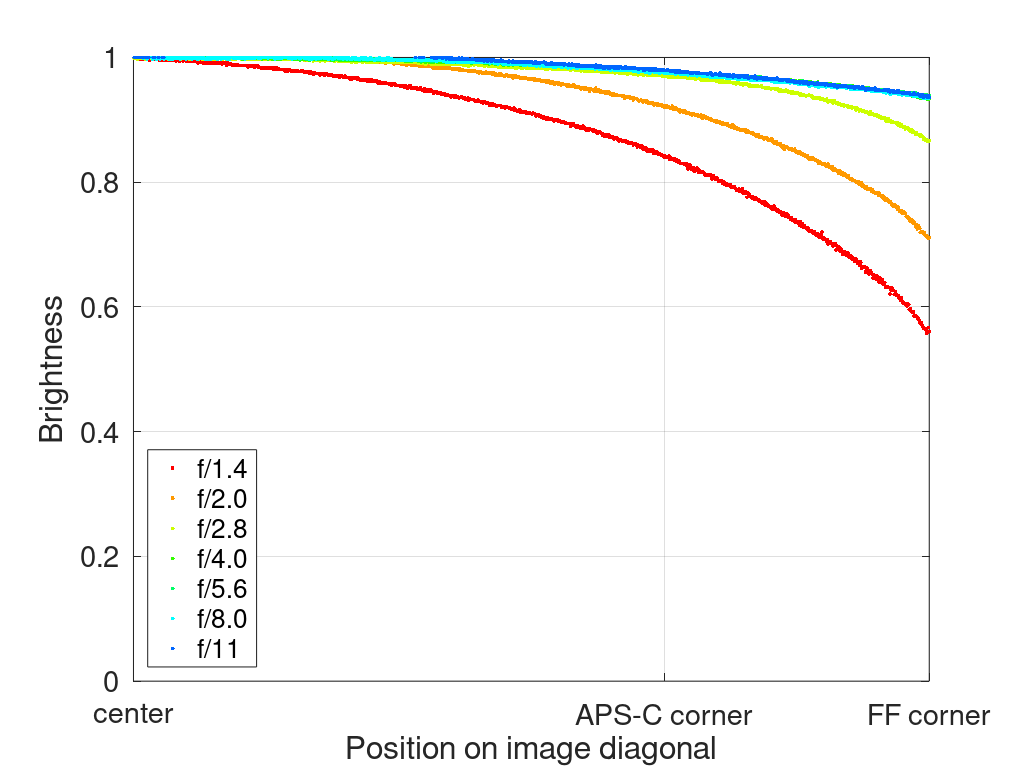
It is recommended to have a look at this article first to get an idea how this brightness graph works.
optical vignetting
Very fast lenses often show optical vignetting. Without going too much into technical details optical vignetting leads to the truncation of light circles towards the borders of the frame.
In the center of the frame almost every lens will render a perfect circle, but only lenses with very low optical vignetting will keep this shape in the corners.
So in the following comparison we move from the center (left) to the extreme corner (right) and see how the shape of the light circle changes.
This Irix 45mm 1.4 shows a medium to low amount of optical vignetting, a little more than the Sigma 40mm 1.4 Art.
We can see here that the aperture blades don’t close perfectly symmetrical though and already at f/2.0 the highlights look a bit edgy. Some other lenses with 9 rounded aperture blades surely do better here.
Sharpness
Focus Shift
With some lenses on stopping down the focal plane shifts to the front or back, which can be an issue on (D)SLRs, as here the focus is usually obtained with the lens set to its maximum aperture.
This Irix shows a low amount of focus shift. It is so low I don’t think it will be bothersome in the field, but it is still there.
Using one of the later metabones EF->E adapters in advanced mode on a Sony camera or using a Nikon FTZ or Fringer EF NZ adapter on a Nikon Z camera this lens will be used at working aperture, where this will not be an issue at all.
infinity (42mp Sony A7rII)

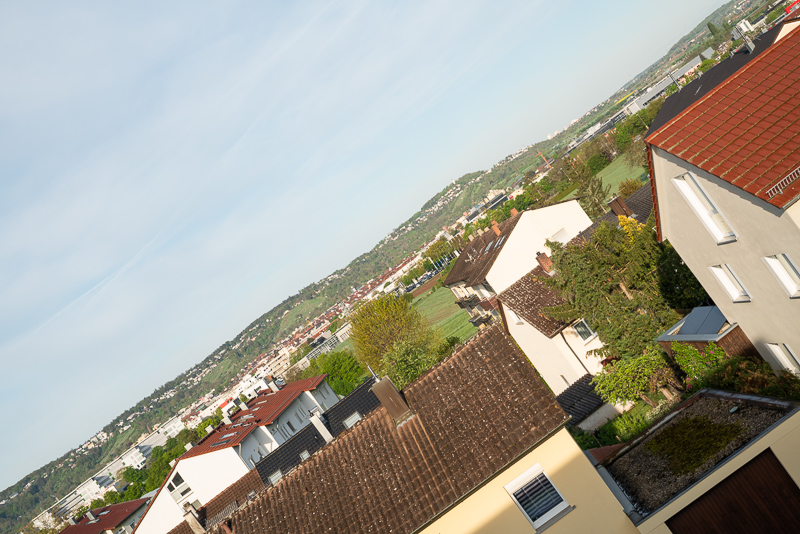
At f/1.4 and f/2.0 I see a lot of spherical aberration (“glow”) here, making the whole image softer. Not necessarily something many people want for their architecture pictures, but something that can be seen as beneficial for portraiture and even some nature/landscape applications – after all, people buy expensive diffusion/mist filters to introduce an effect like this on lenses that do not inherently have it.
Stopped down to f/2.8 the center receives a significant boost in contrast and stopped down to f/5.6 also the across frame performance hardly leaves something to be desired.
This performance is a stark contrast to lenses like the Sigma 40mm 1.4 Art, Sigma 35mm 1.2 Art DN DN, Sony FE 35mm 1.4 GM or Viltrox AF 35mm 1.2 FE LAB, which all have as high contrast at their maximum aperture as they do stopped down and do not show any of that softness/glow.
portrait distance 1.25 m (42mp Sony A7rII)
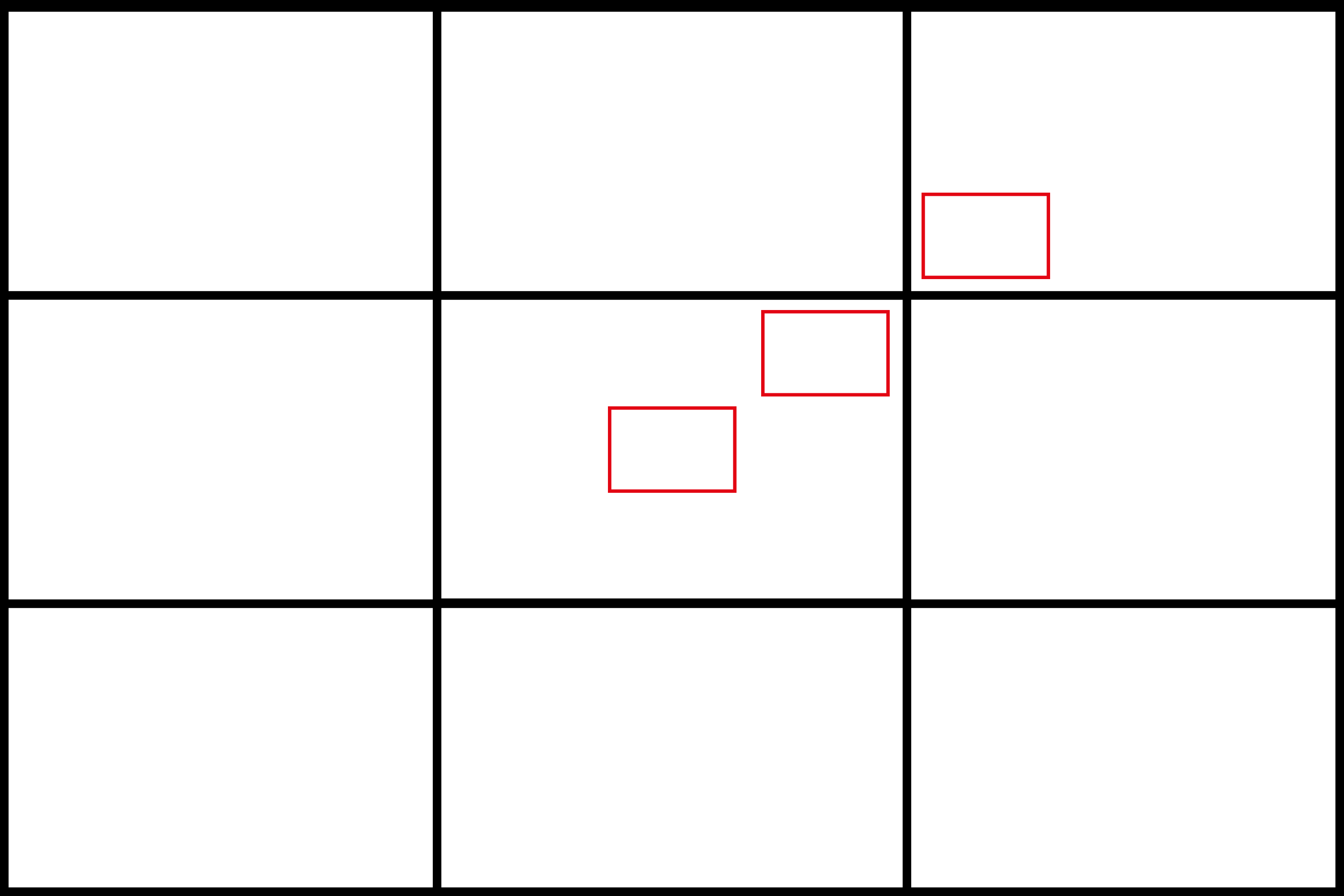
I refocused for every shot and aperture to get the best possible result at different locations in the frame (center, inner midframe and outer midframe).
The circle of the dollar bill is more or less the size of a human eye.
f/1.4 <—> f/2.0
Also at portrait distance we can see that softness due to spherical aberration, very much so at f/1.4, a little less so at f/2.0.
Astigmatism is well corrected though, which also makes focusing a lot easier.
close (0.40 m, 1:5.6)
Sony A7rII | Irix 45mm 1.4 | 100% crops from center | refocused for every shot due to focus shift
As is often the case, the amount of spherical aberration is the highest at closer distances. Despite featuring a floating elements design, the performance here is very similar to the f/1.2 Voigtländer unit focus lenses like the 40mm 1.2 Nokton E or the 50mm 1.2 Nokton E.
Flare resistance
As always evaluating flare is a complex matter since you can get any lens to look bad if you push it hard enough and a slight change of scenario can affect results a lot.
I mainly stayed away from the wider Irix lenses because some reviews have shown a pretty bad performance against bright light – even though they use every opportunity to mention their “Neutrino coating”. But let’s see how this 45mm 1.4 fares for ourselves.
Looking at the performance at the maximum aperture, I am positively surprised. Ghosting isn’t really a problem and neither is veiling flare.
Stopped down to f/11 we can see some small ghosts, but this is still a more than solid performance.
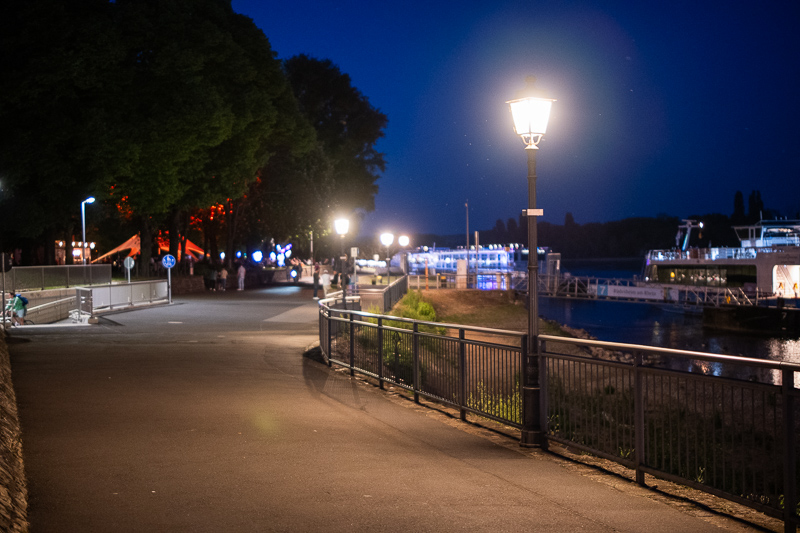
Also taking pictures of bright street lamps – which can often be challenging – I only encountered small and rather unobtrusive artefacts.
At the end of the day, a surprisingly good performance in this category.
Coma
Good news to those into astrophotography: Coma is corrected well with this Irix 45mm 1.4. We do see some minor artefacts at f/1.4 and f/2.0 though, so the Sigma 40mm 1.4 Art shows an even more impressive performance.
Distortion

Distortion is very low, which is good news, as Lightroom does not have a profile for this lens.
Bokeh

In some of the sections above we have seen that due to undercorrected spherical aberration this isn’t the sharpest lens in this focal length range (that would be the Sigma 40mm 1.4 Art if you are wondering), but there are some people (like me) who are not looking for the sharpest lens, but the lens that gives pictures the most pleasing look.
Personally, I found lenses like this, with undercorrected spherical aberration, to create an especially pleasing look. Some examples of lenses that have been designed in a similar way are the Sony FE 85mm 1.4 GM, Voigtländer 50mm 1.2 Nokton E, Mr. Ding 50mm 1.1, Laowa 35mm 0.95 Argus or the Nikon AF-S 58mm 1.4G. Will this Irix 45mm 1.4 be able to follow their footsteps?
Close Distance
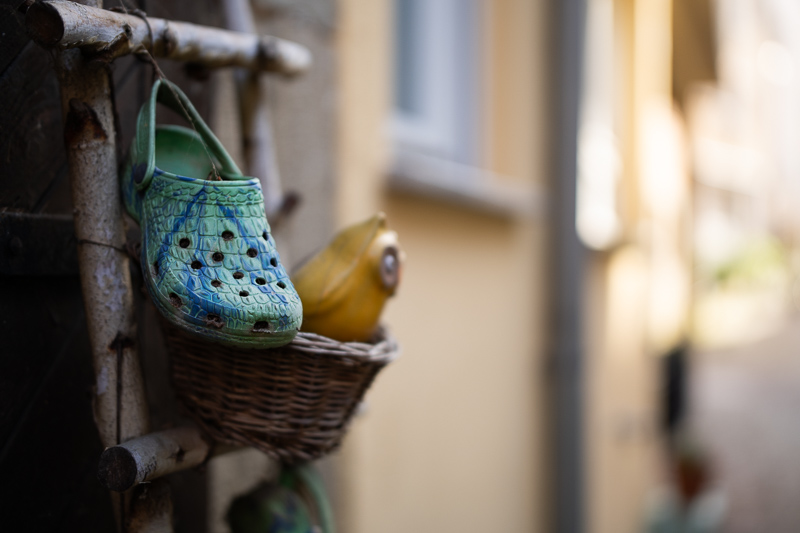

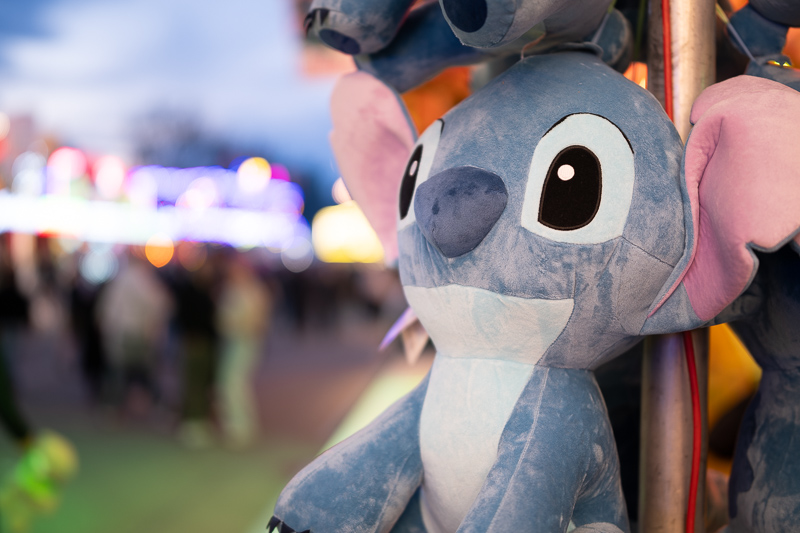

At close distances – and this is usually the case – I see nothing to complain about. Even complex backgrounds are rendered in a pleasing and unobtrusive way.
Mid Distance





At typical portrait distances I see a nicely defined focal plane and pleasing, smooth out of focus backgrounds.



The samples above are good examples, how this lens’ qualities can help to make a subject really stand out and create an impression of depth in a 2D picture.
Long Distance




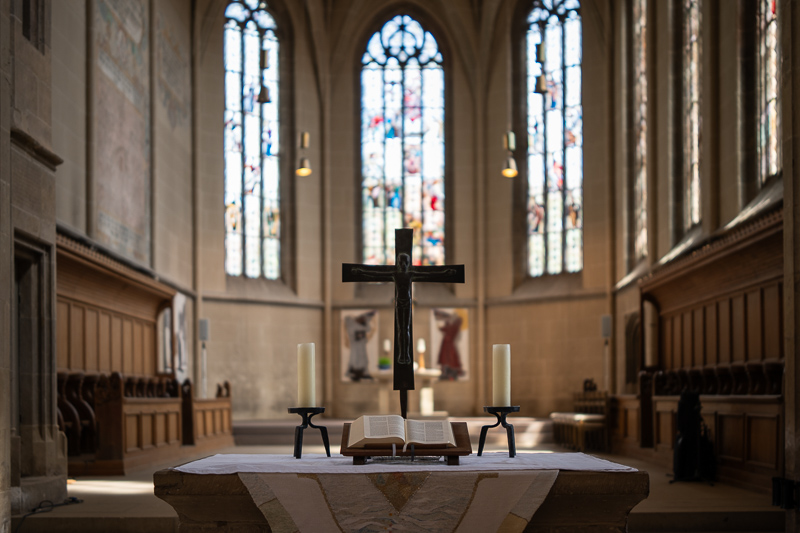
Also at longer distances – which is always a stress test – this lens manages to create a pleasing out of focus rendering. Here I would prefer it any day over the faster Laowa 45mm 0.95 Argus with its field curvature issues.
Generally, I found this lens to create a very pleasing out of focus rendering in a variety of situations and not only that: while 45mm is a rather rare focal length – with not a lot of competition – even having a look at the 40 to 50mm range, this lens is to my eyes one of the best here.
Sunstars
Already in the optical vignetting section we saw that the alingment of the aperture blades is nothing to write home about, and as usual that also translates into dodgy sunstar rendering. It really takes stopping down to f/16, better f/22, to create sunstars with somewhat even lengths of the rays.
If you want to know more about sunstar rendering of different lenses have a look at this article.
Chromatic aberration
lateral
There are only minimal lateral CA visible, nothing to worry about.
longitudinal
As you have seen in some of the previous sections, spherical aberration is undercorrected, leading to a softer image at wider apertures. This can mask bokeh fringing a bit and that is indeed the case here. We see some green and magenta outlining, but it is being smoothed out by the spherical aberration.
When it comes to purple fringing this is even more obvious, as we don’t see a harsh purple fringing, but a soft green fringing instead. Lenses that have similar characteristics are e.g. the Mr. Ding 50mm 1.1, Voigtländer 50mm 1.2 Nokton E or the Sony FE 85mm 1.4 GM.
Conclusion
good
|
average
|
not good
|
From the table above you can already see this lens actually ticks a lot of boxes and there are no really outstanding flaws. Especially the good flare resistance and Coma correction are things not easy to find among the more affordable lenses.
As said at the beginning, not only Samyang with their XP series and Zeiss with their Milvus and Otus series, but also Irix thought it would be a good idea to release some fast higher end manual focus primes towards the end of the DSLR era. With manufacturers like Samyang and Viltrox offering more compact affordable AF options these days, many of those big manual focus DSLR lenses have simply become undesirable relics of the past by now.
Some of them bring something to the table that you cannot easily find with the latest designs though and this Irix 45mm 1.4 Dragonfly is one such case, as with its undercorrected spherical aberration it creates a very appealing out of focus rendering similar to lenses like the Nikon AF-S 58mm 1.4G or Sony FE 85mm 1.4 GM.
As you can find it at bargain prices these days, this Irix 45mm 1.4 Dragonfly can still be a desirable tool for portrait photographers – even if just used for special occasions due to its somewhat unpleasant size and weight.
buy from amazon.de | B&H | ebay.com | ebay.de (affiliate links) for $379
Alternatives
DSLR designs
Sigma 40mm 1.4 Art:
One of the few higher end DSLR lenses with a focal length between 35 and 50mm. The 40mm 1.4 Sigma is one of the best corrected f/1.4 lenses ever made with an almost impeccable correction of pretty much all optical aberrations. Already at f/1.4 it shows the same performance as stopped down, so it obviously doesn’t have that soft look you may like this Irix lens for.
buy from amazon.com | amazon.de | B&H | ebay.com | ebay.de (affiliate links) starting at $600 (used)
Samyang 35mm 1.2 XP:
The Samyang 35mm 1.2 XP also is a big and heavy manual focus lens designed for DSLRs that has a soft look at wider apertures. I generally found its performance to be a bit worse and also its bokeh to be less appealing, but the real difference is that between 35 and 45mm which should really be your deciding factor here.
buy from amazon.com | amazon.de | B&H | ebay.com | ebay.de for about $799
Nikon AF-S 58mm 1.4G:
While the Nikon AF-S 58mm 1.4G is noticeably longer it is one of the few somewhat modern AF lenses that have been designed with a particularly appealing bokeh rendering in mind. Because of that the 58mm 1.4G has a bit of a cult following and if you are a looking for a cheaper alternative – and you are fine with the 45mm focal length and with manual focus – this Irix might be worth a closer look.
buy from Amazon.com | Amazon.de | B&H | ebay.com | ebay.de (affiliate links) for $1200 (new) or $800 (used)
Mirrorless designs
Laowa 45mm 0.95 Argus:
The Laowa is about the same size and significantly faster than this Irix lens. It many scenarios it is more contrasty at f/0.95 than this Irix at f/1.4, but sadly I found its bokeh rendering to leave a bit to be desired due to high field curvature. Both theses lenses create very different looks, so check out their sample images to find out which one fits your needs better.
buy from manufacturer’s shop | amazon.com | amazon.de | ebay.com | ebay.de | B&H (affiliate links) for $600
Voigtlander 40mm 1.2 Nokton E:
The Voigtländer 40mm 1.2 is a lot smaller and a bit faster. It also has some undercorrected spherical aberration, but compared to this Irix the off center bokeh is not as smooth, it has higher vignetting, more CA and even stopped down the corners never look great. Still, this one has many fans thanks to its small size and generally well chosen compromises.
buy from amazon.com | B&H | ebay.com | ebay.de for $800 (affiliate links)
Voigtlander 50mm 1.2 Nokton E:
The slightly better 50mm version of the aforementioned 40mm lens.
buy from amazon.com | B&H | ebay.com | ebay.de for about $800 (affiliate links)
Mr. Ding 50mm 1.1:
A compact lens that follows a very similar design approach. It is a bit lower contrast and not corrected as well as this Irix for some aberrations (especially flare but also Coma), but gives a similar look and does so in a very compact package.
Sadly there seems to be a bit of an issue with production lately, you may still find used ones in the meantime though.
buy from the official Mr. Ding Studio shop for $399 when back in stock. You may also find used samples on ebay.com (affiliate links)
Sample Images

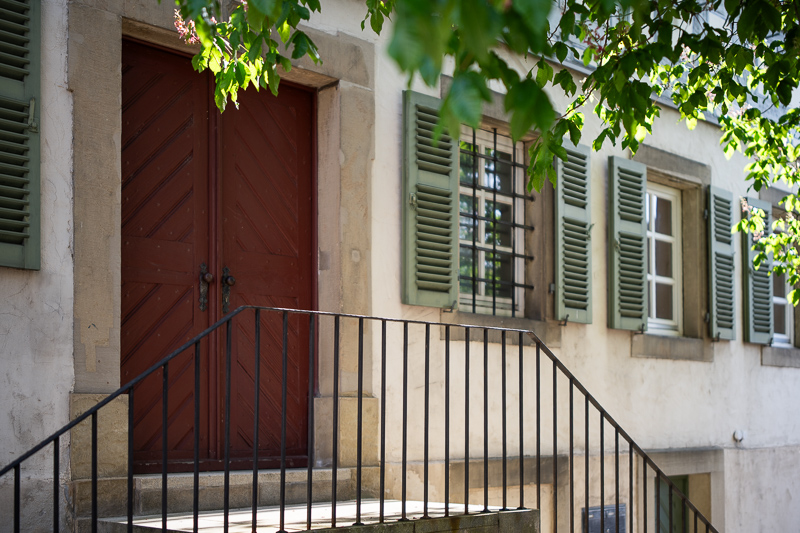
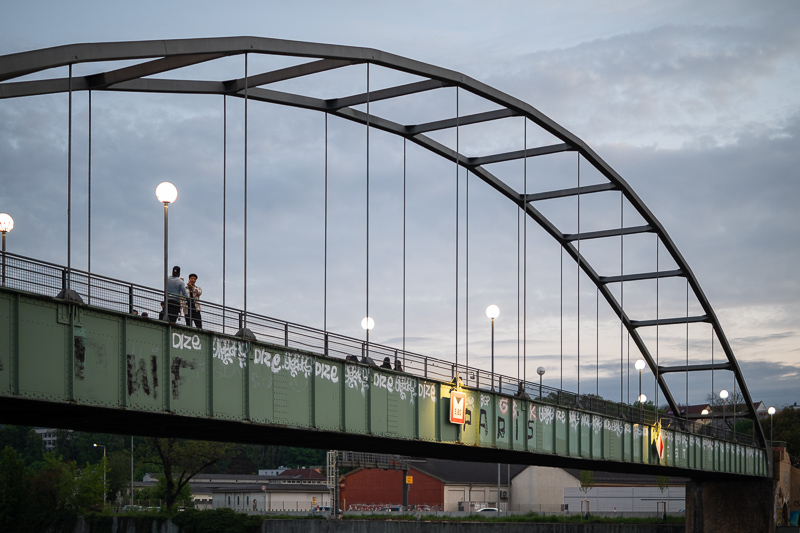
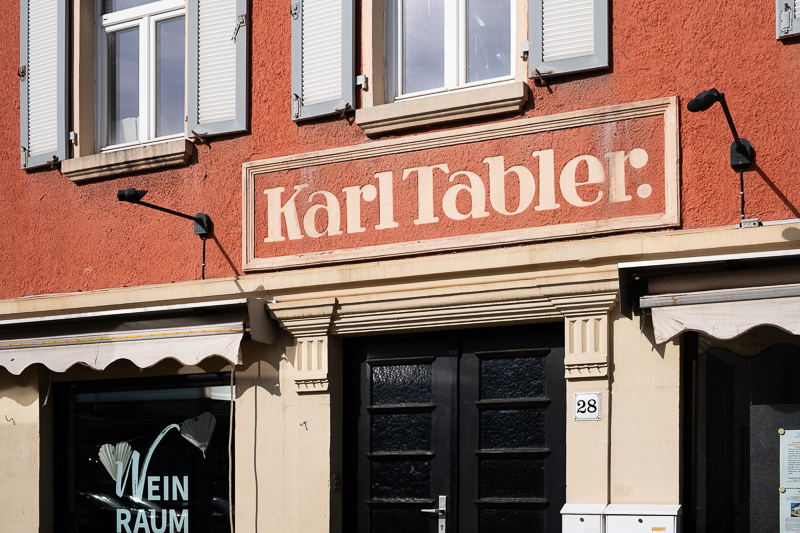
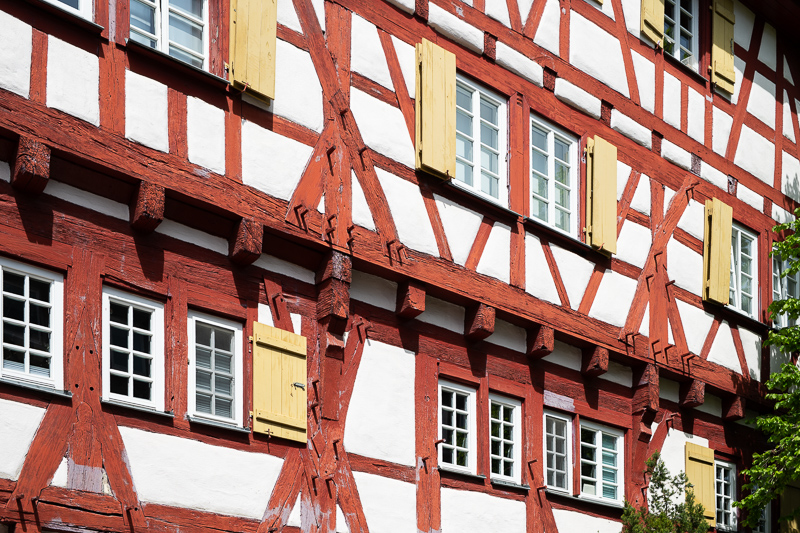







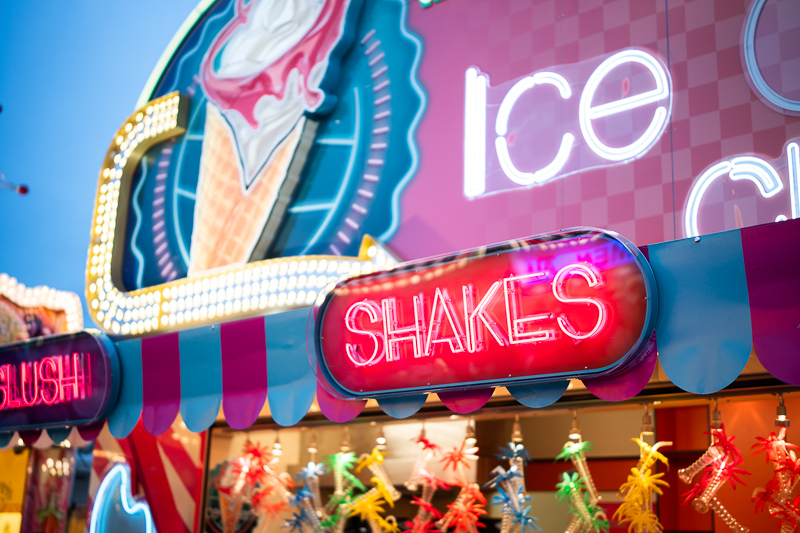
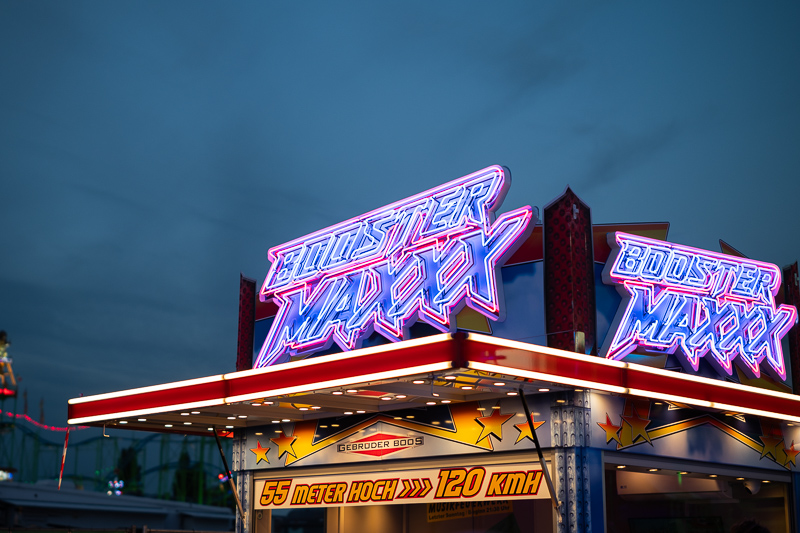

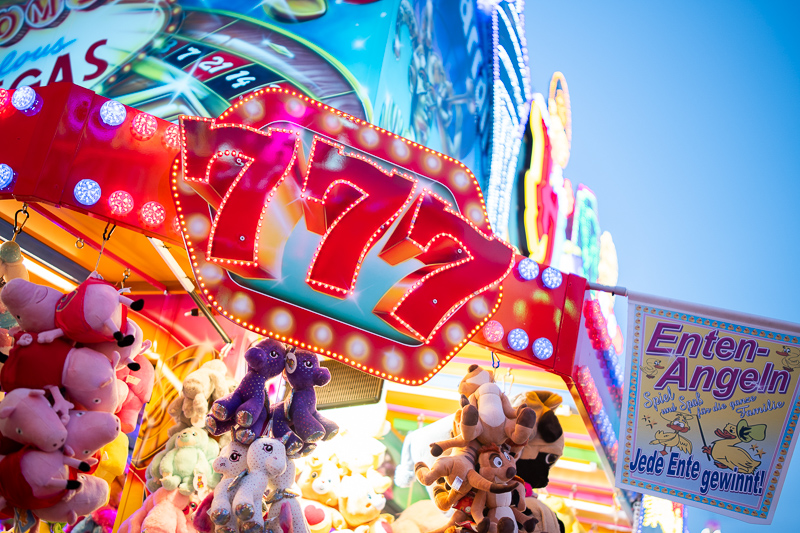

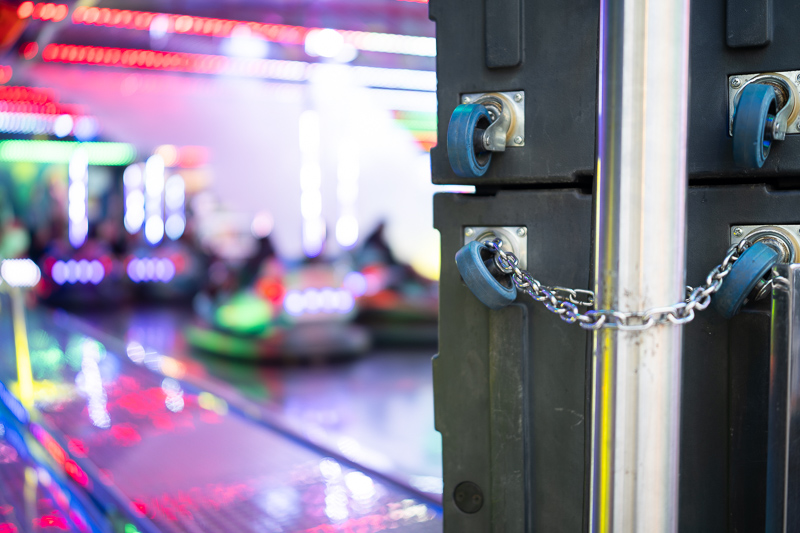



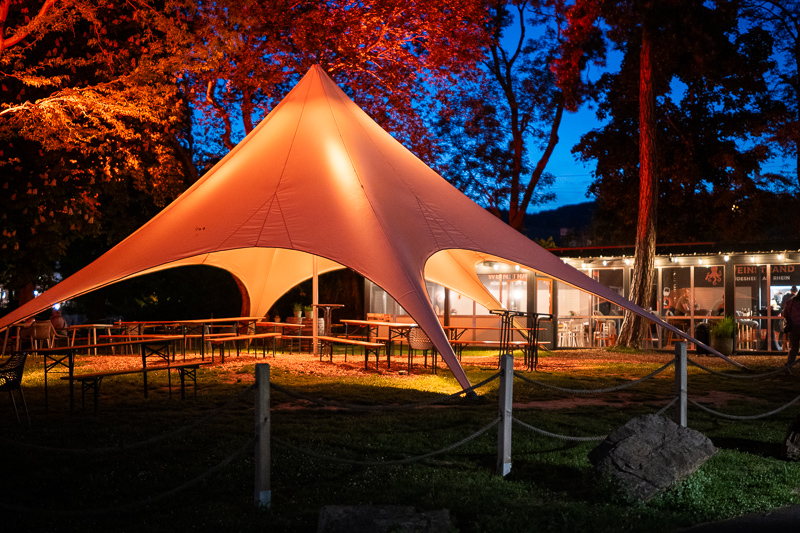
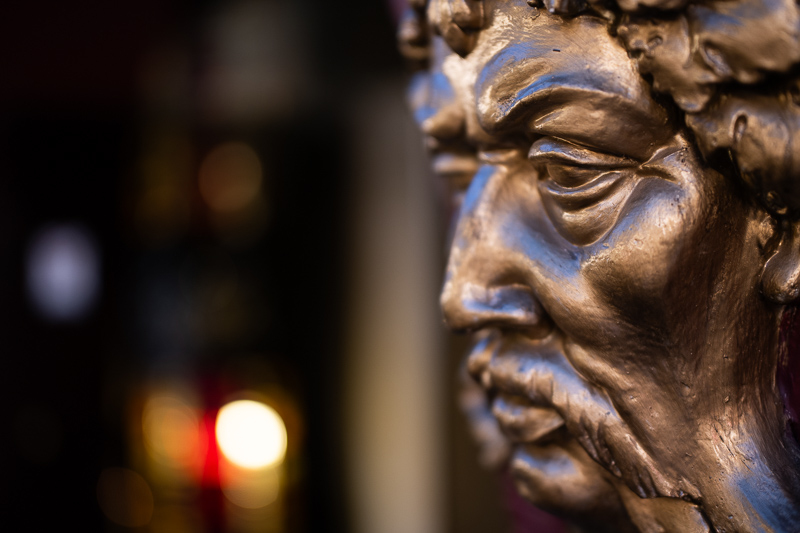
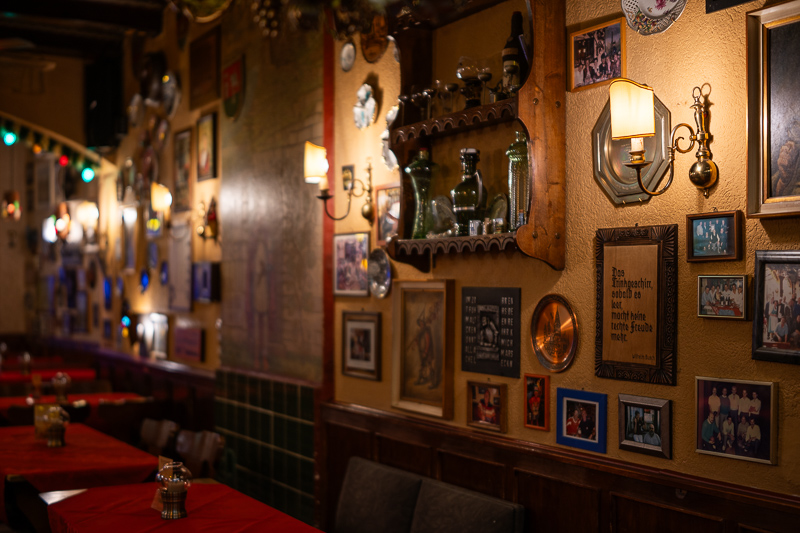
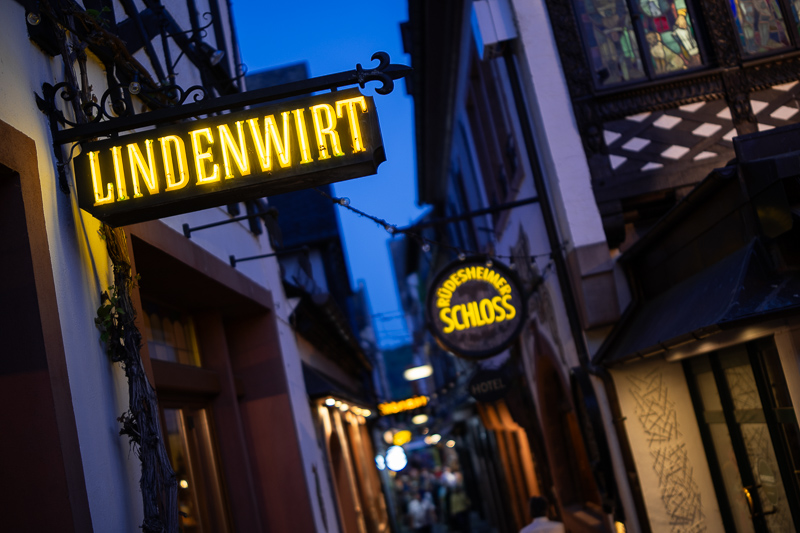
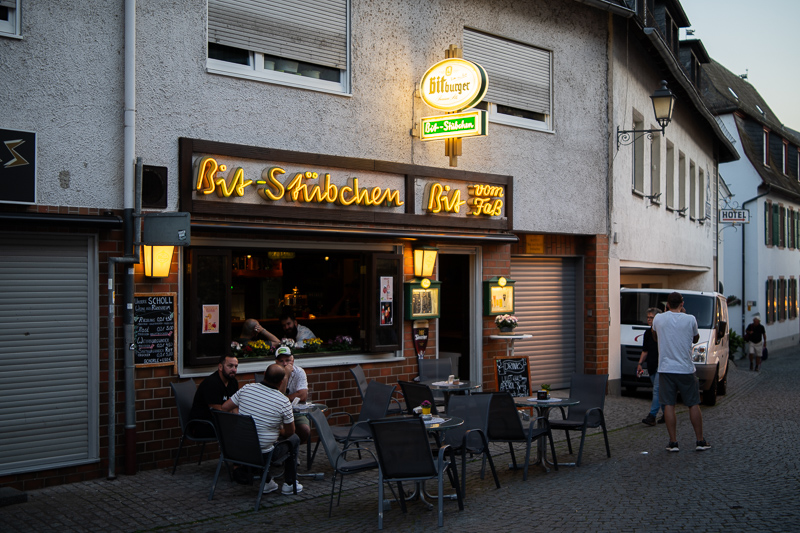

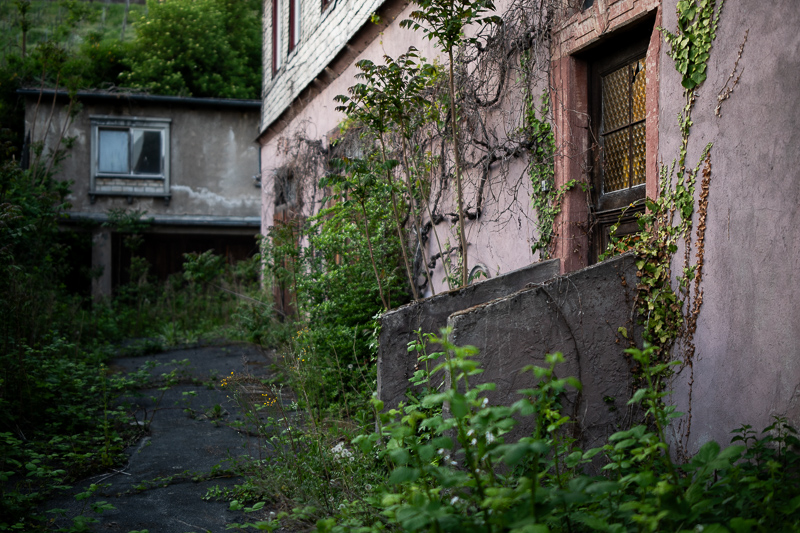
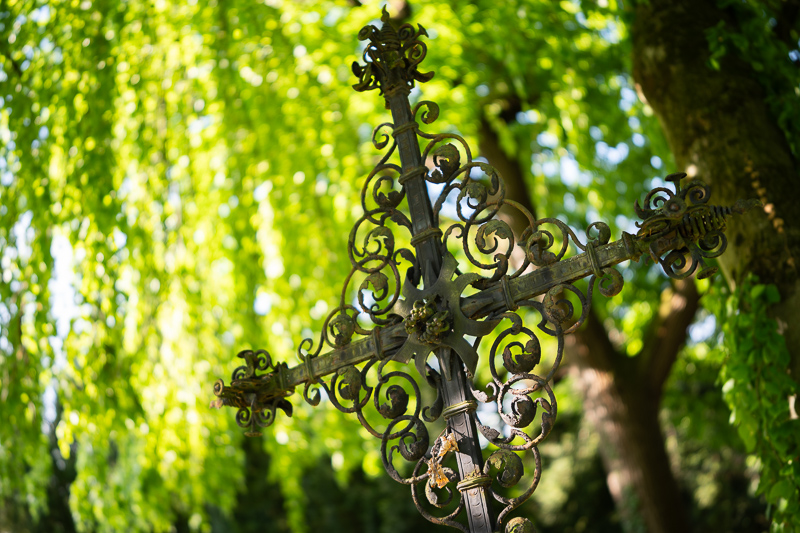

Most of the sample images in this review can be found in full resolution here.
Further Reading
- All Lens Reviews
- Review: Laowa 9mm 5.6
- Review: Samyang 14mm 2.4 XP
- Review: Laowa 28mm 1.2 Argus
- Review: Sony FE 85mm 1.4 GM II
Support Us
Did you find this article useful or just liked reading it? Treat us to a coffee!
![]()
![]()
![]() via Paypal
via Paypal
This site contains affiliate links. If you make a purchase using any of the links marked as affiliate links, I may receive a small commission at no additional cost to you. This helps support the creation of future content.
Latest posts by BastianK (see all)
- Vivo X200 Ultra – The Death of the compact Camera - December 9, 2025
- The Rated list of the fast Nikon AF-S f/1.4 | f/1.8 | f/2.0 F-mount Primes - December 6, 2025
- The Best Fullframe Lenses from China - November 24, 2025




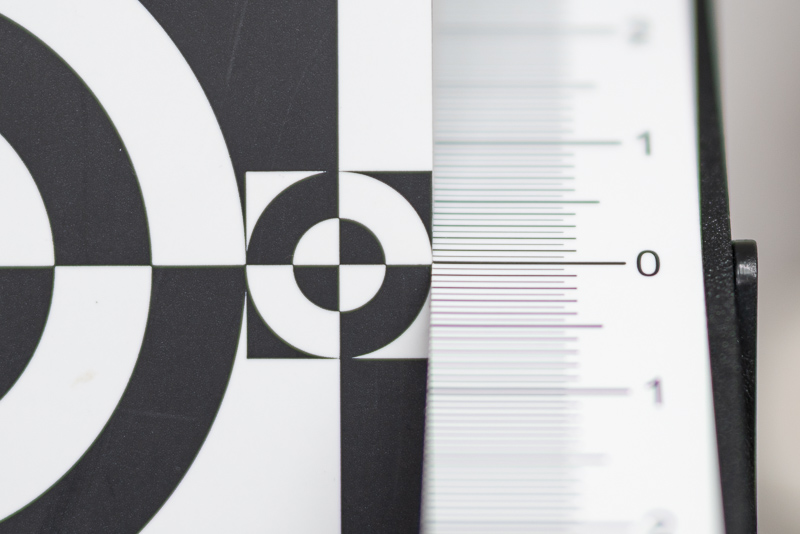

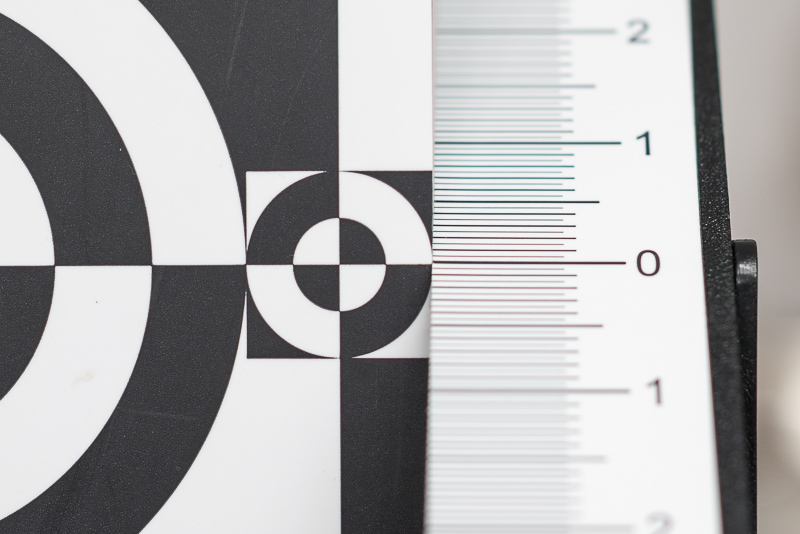
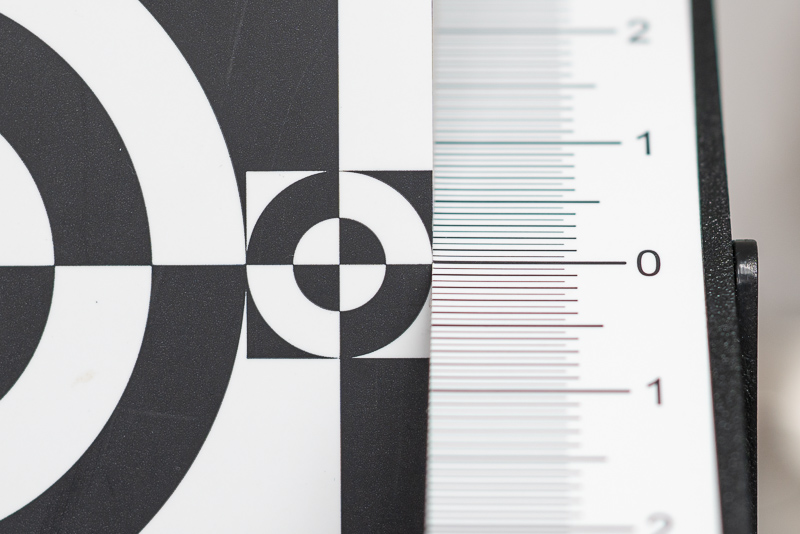

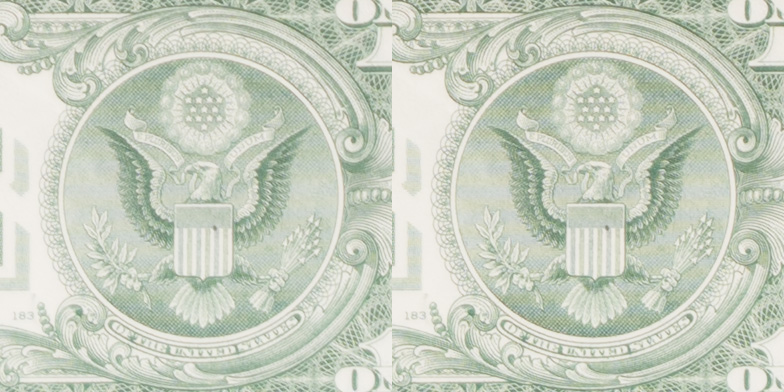
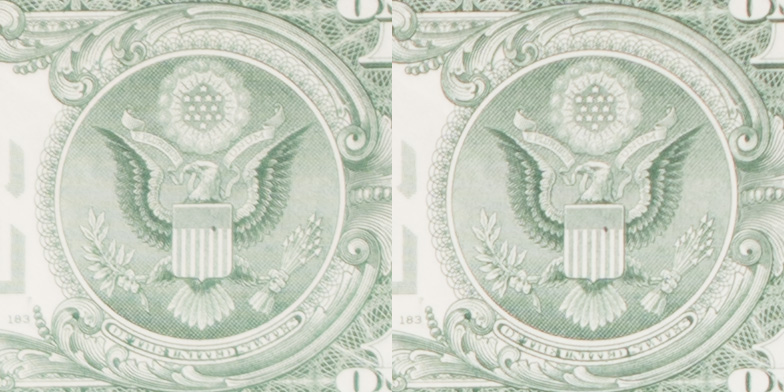




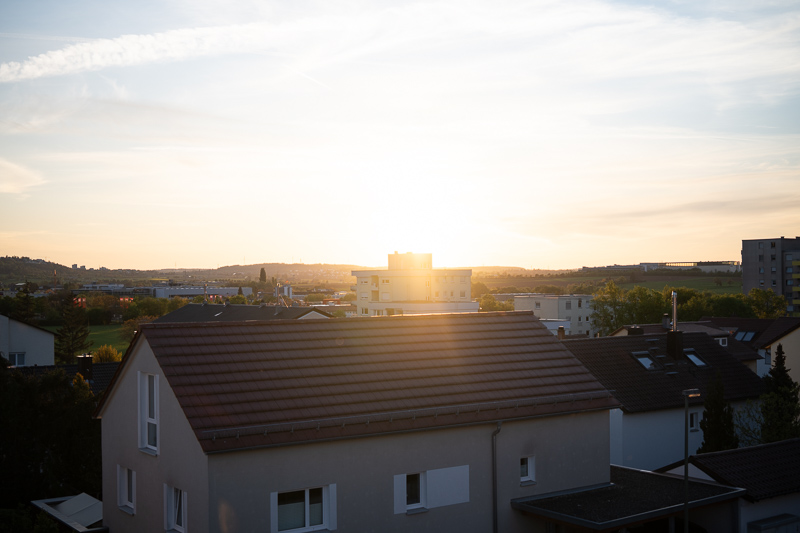
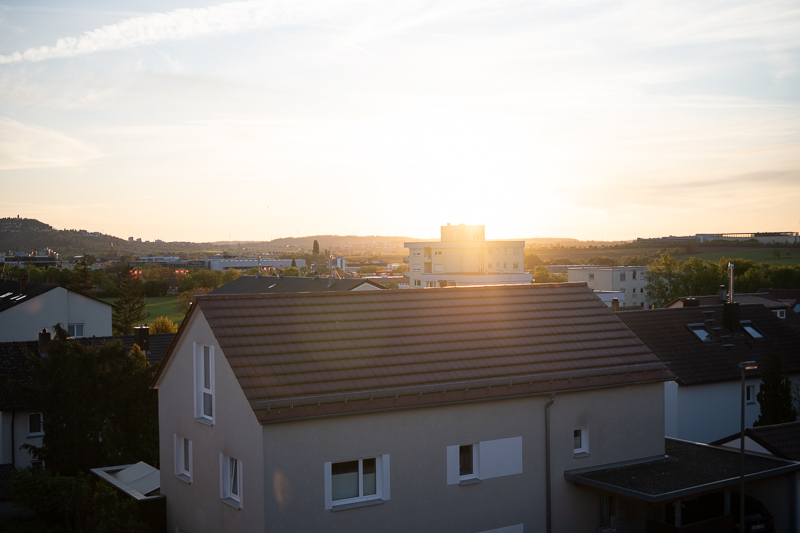
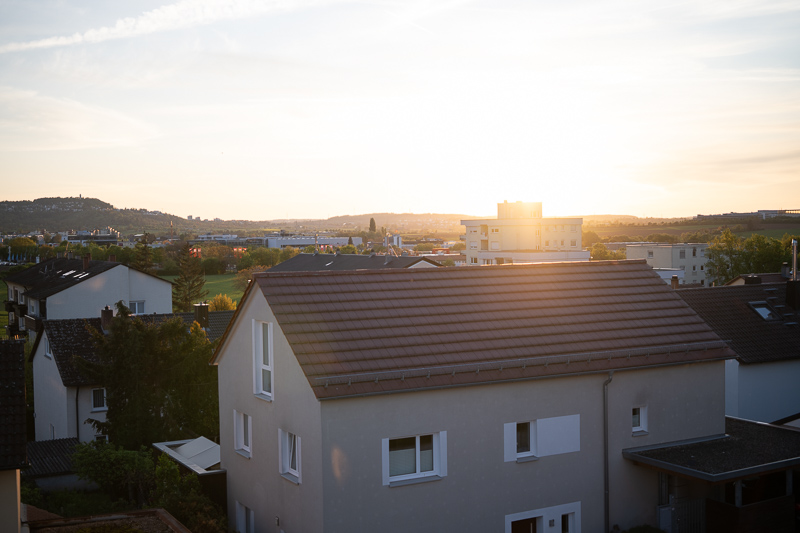
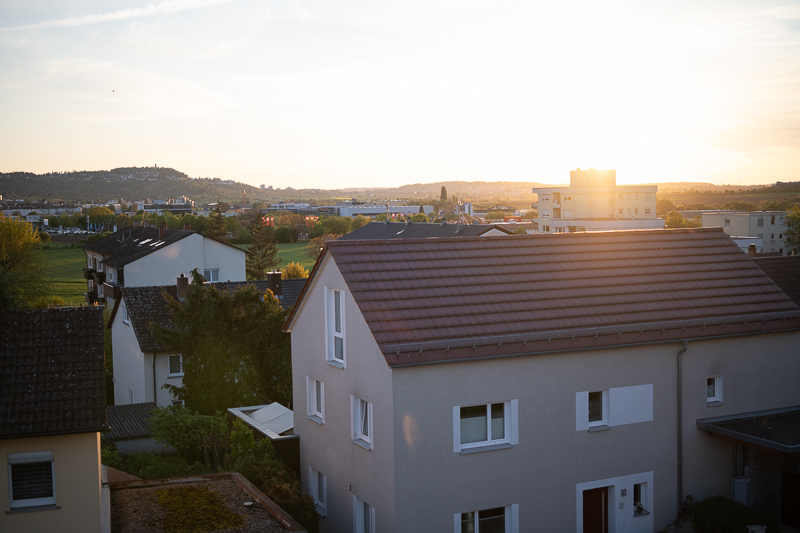


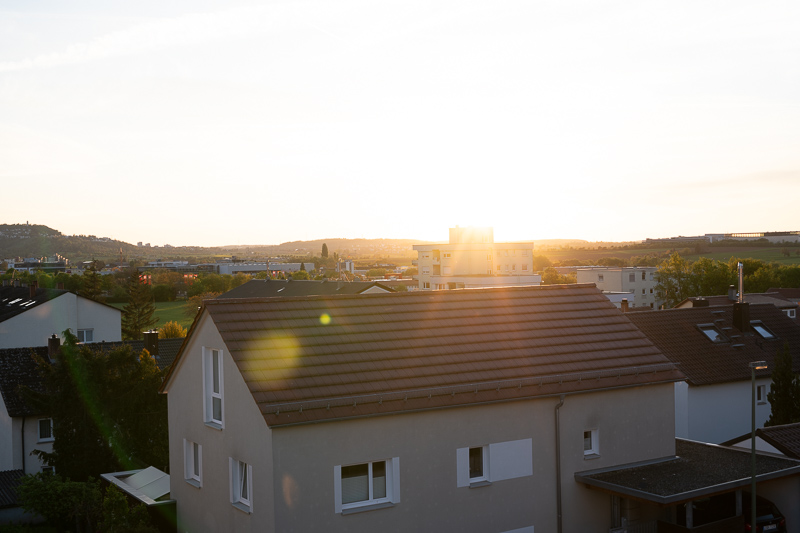
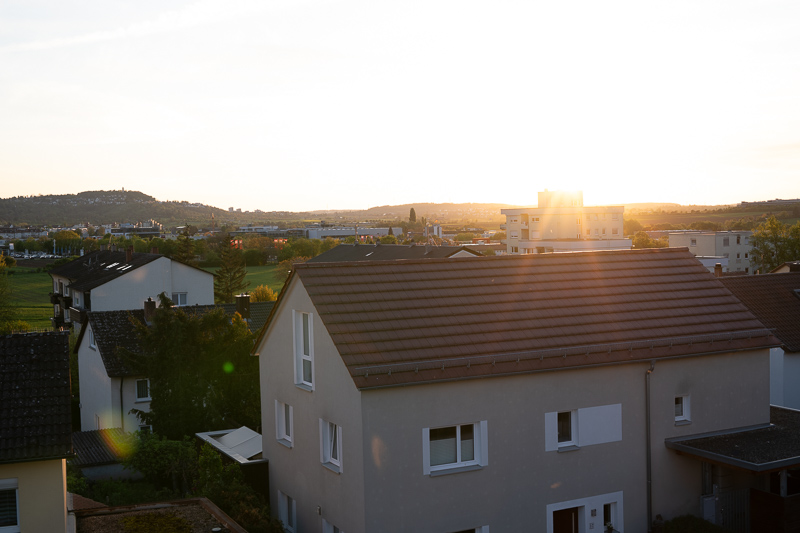
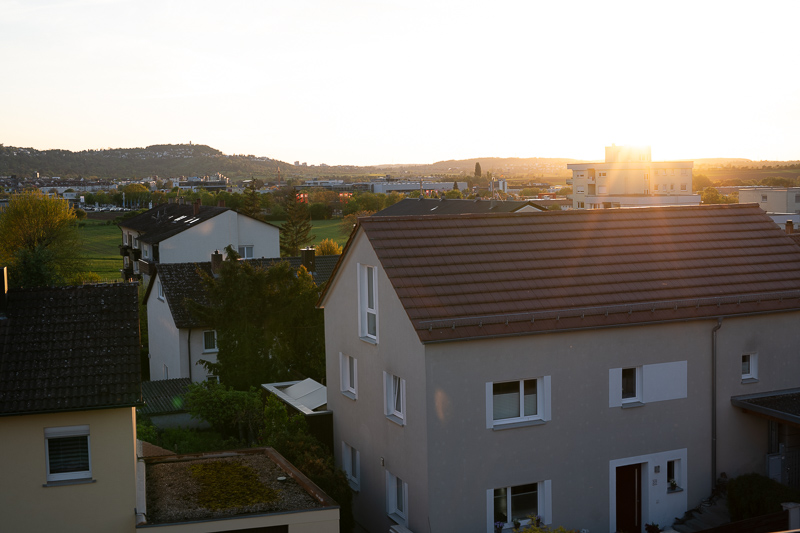
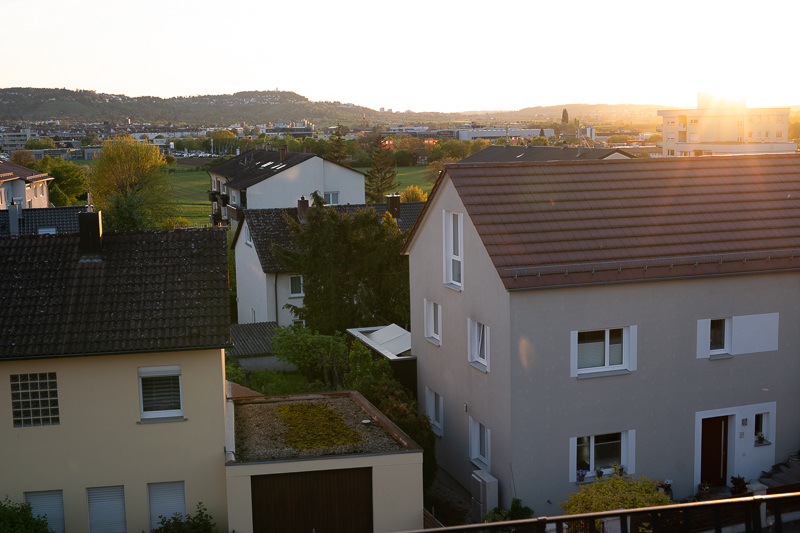


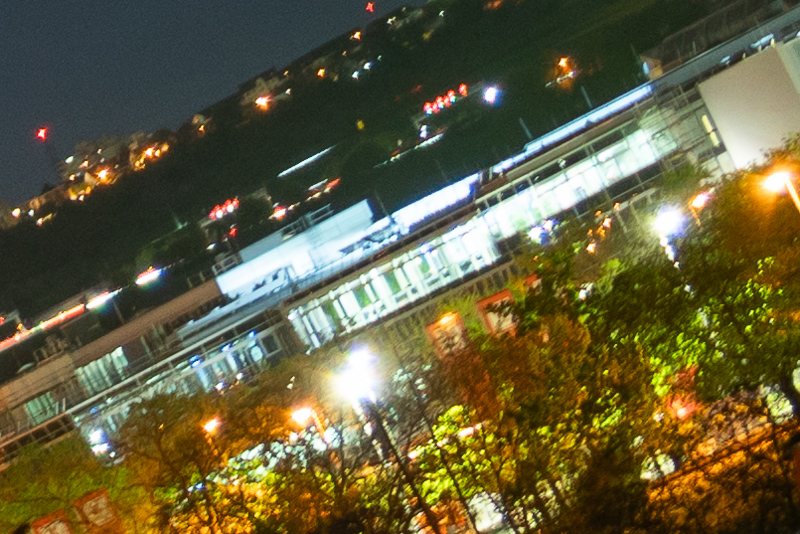






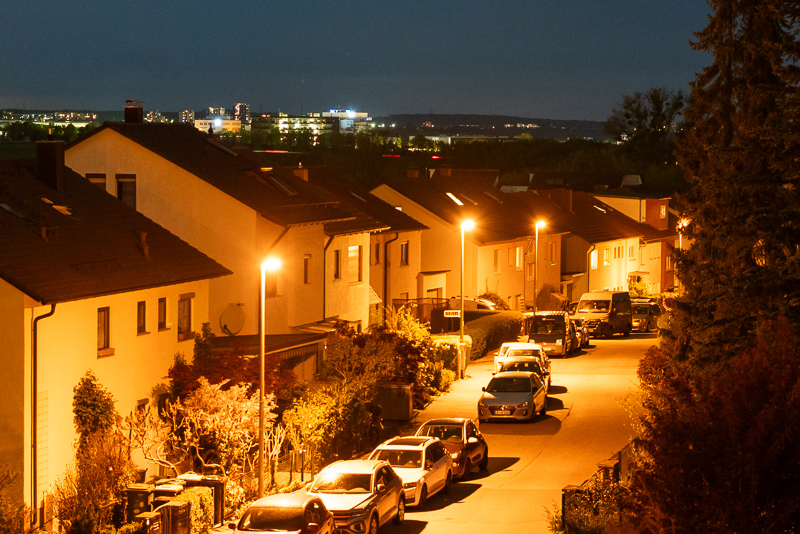



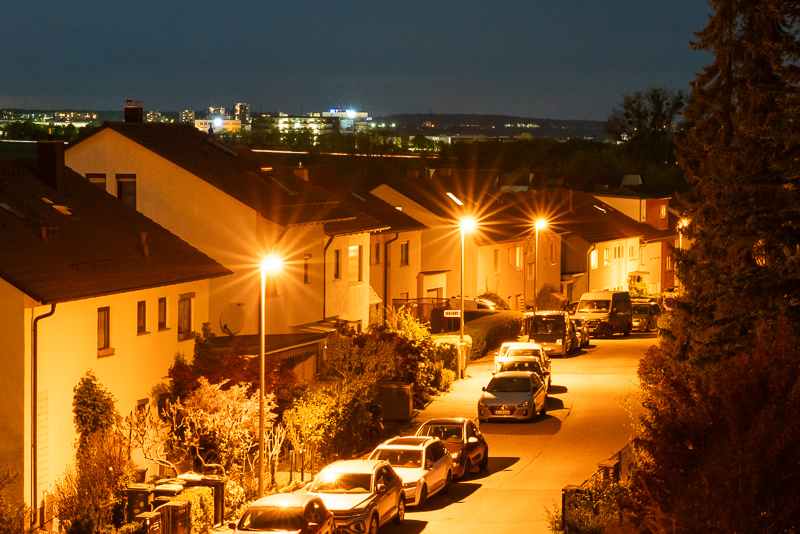
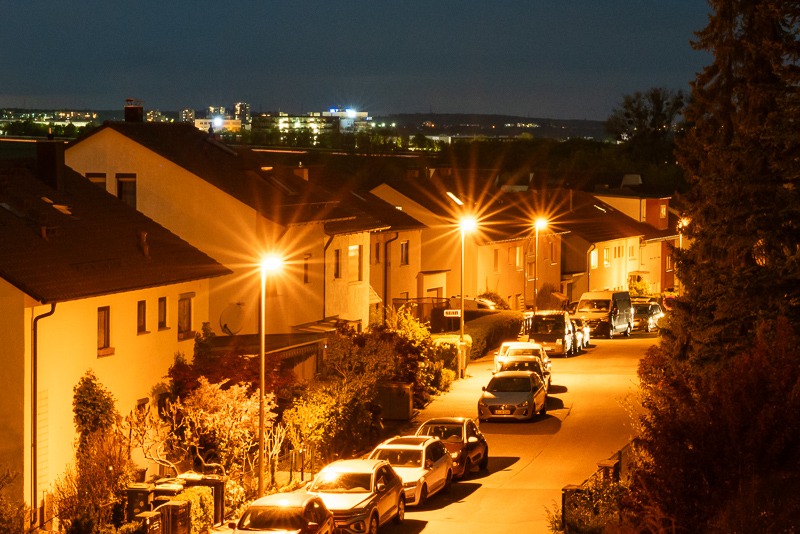
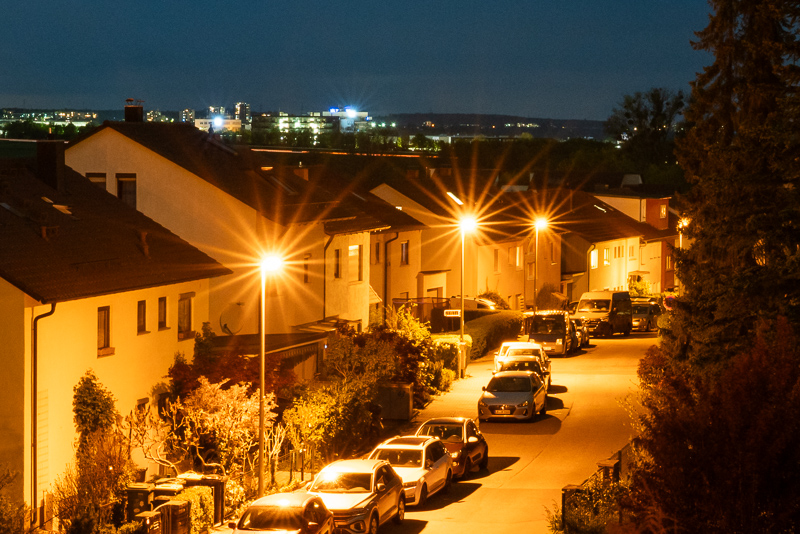


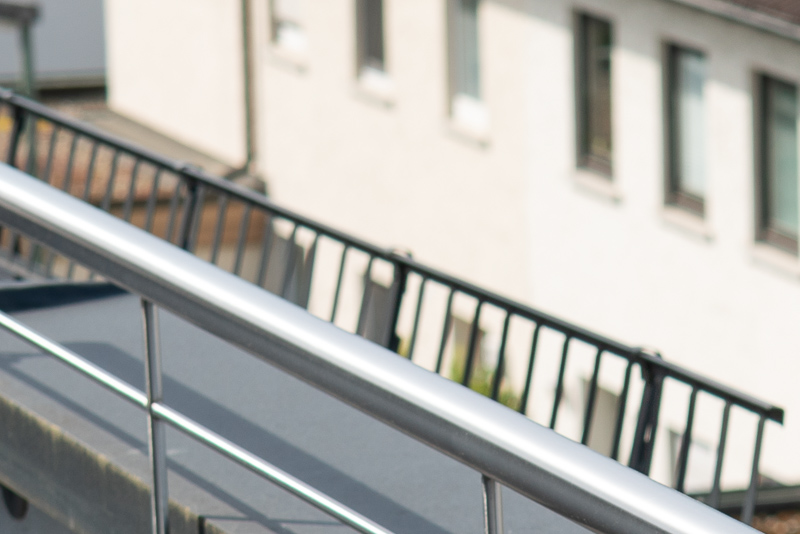
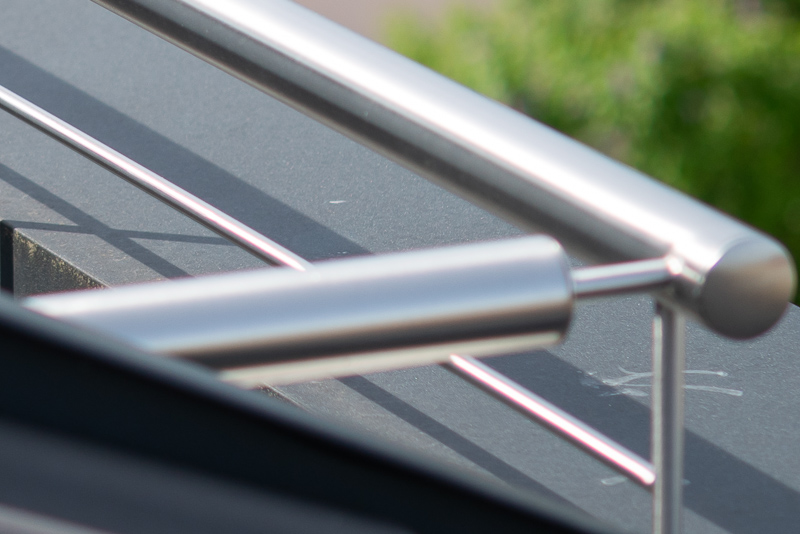

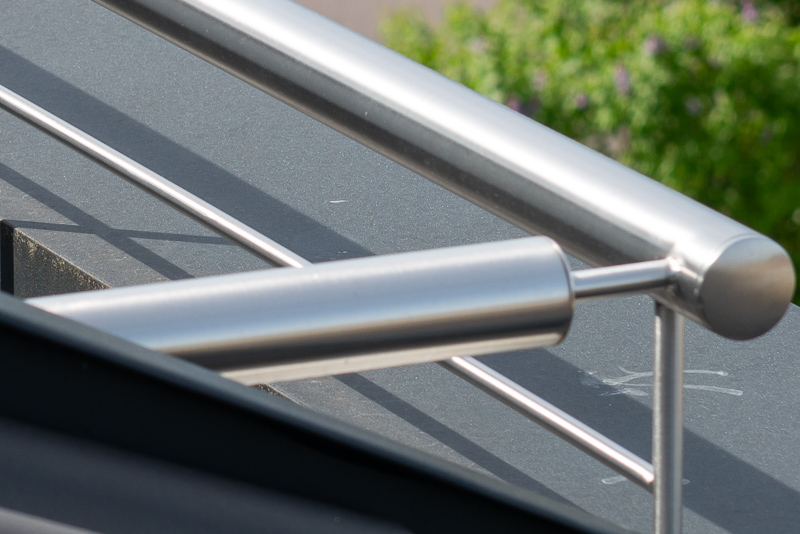



Thank you, Bastian, for a superb post with outstanding pictures as always!
You are welcome!
This Irix lens isn’t that expensive, so still might have a place in a photographer’s cabinet of toys, but frankly, not in mine. Notably, I think that around f/2 is the sensible “sweet -spot” for high-quality primes of about 85mm or shorter, in most situations providing still-adequate subject isolation, together with appreciably lower weight, and size, so that any human subject doesn’t feel like they have a bazooka aimed at them.
I’m not saying that f/1.4 or even faster lenses don’t have a place. (I own a 35mm f/1.4 GM, and it’s great for the few times I really need f/1.4). But in 2025, if I’m going to buy and carry the added size and weight of a modern bright-aperture lens, I want it to be relatively-high in performance wide-open, as is the case for the GM, and appears to not be the case for this IRIX.
Finally, what’s the point of razor-thin DoF, if the photographer doesn’t place focus properly, or, more likely, if it takes him too long to do so and a fleeting moment is missed? I think good AF and associated modern functions like eye-focus are highly beneficial on bright aperture lenses if photographing anything beyond inanimate subjects.
It’s good to know what you want or need. This lens is huge for my linking, other than that it seems to be rather fine (depending on the taste and need). Absolute sharpness is not something I usually need, or even want necessarily, and I believe that most photographers have much bigger issues with their work than the level of fine detail in their photos (visible from shortest distance/zoomed in).
When you want a softer, artistic look in your photos, using the Voigtländer 50mm F2 wouldn’t be the best choice. But not everyone shoots only landscapes or architecture. For shooting fast moving people, I’d go for neither that or something like this Irix. I’d want good AF, but also pleasing non-absolutely-generic rendering.
When money matters, some will accept a compromise or two as well. And a lens like this, that wouldn’t make any sense if new and expensive in 2025 (if it ever did, really), suddenly can make someone happy for the price of a kit lens. It can provide you with something very nice – fun. And of course, to many people’s eyes, better looking photos in some situations.
Thank you for the review. I really like the photos once again. If this lens were smaller and lighter, I would actually find it interesting, as the photos taken with it seem less digital to me. I don’t particularly like the high sharpness of today’s lenses; perhaps that’s the reason.
Thank you for this one too !
How to compare to the Sony 40mm f2.5 G?
You were rather enthousiast about the Sony.
It’s small and has already quality wide (well…) open.
Very different lenses.
The Sony is great if you mainly care about high resolution and contrast.
The Irix is great if you care about pleasing bokeh.
Bastian:
I think it would be interesting and beneficial to a large proportion of your readers if you could do a lengthy article that really dissects bokeh, analyzing its characteristics and flaws, not focusing on one particular lens but bringing together images from different lenses as needed to illustrate points made. (And by bokeh, I’m referring to its original and correct usage, meaning primarily its quality, not quantity of, that is, not just basic reduced depth-of-field, which, unfortunately, is how some people have come to employ the term).
I do place a high value on sharpness, because of my subject matter interests (primarily landscape and architecture), wanting the potential to print big (even if I seldom do it any more), and a perfectionist streak. Yet at the same time, I can’t help but notice that many of today’s otherwise-excellent lenses do, under certain conditions, exhibit rather “edgy” bokeh that can draw objectionable attention to itself with particular subject matter such as certain foliage, and architectural features that are long-linear or prominent-repeating such as windows in a large building. Seldom problematic for me, as I usually shoot stopped-down a fair amount. But such defects could come into play if I wanted to emphasize subject isolation.
(By the way, despite my earlier criticism of the Irix lens, I must say nice shots, as is always the case in your reviews).
There is already an article like that: Bokeh explained.
It might be a good starting point.
Nice!
(Somehow, I hadn’t previously seen it).
Thanks.
Hello and thank you for the review.
Might I point out the actual closest alternative among the SLR designs? I’m speaking of the Tamron 45mm f/1.8 lens, as the (only?) other fast 45mm lens for DSLR mounts.
I have one (and it’s fatter twin brother, the 85mm), and it’s an excellent lens, very sharp at all apertures, and with great image stabilization, though a touch slow to focus due to the short minimum focus distance (and thus a very long focus path in the absence of a focus limiter). I’m using it with great results on the Nikon Z9 via Fringer EF-NZ, and it’s very unfortunate that these lenses are discontinued with no successors.
Yeah sure.
I may also review those Tamron lenses one day, let’s see.